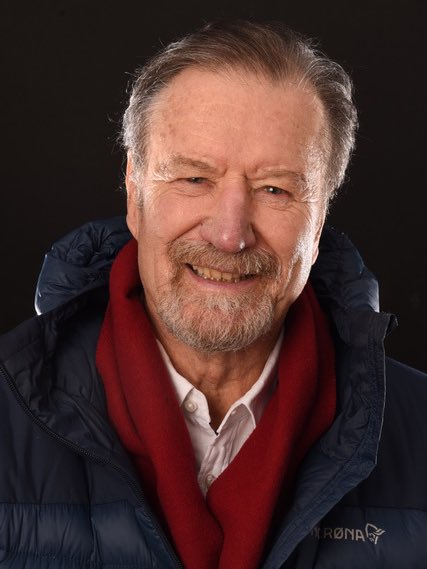The concept of self is not uniformly defined, neither in the philosophical nor in psychological fields. The following is a brief discussion of some modern concepts of self, illustrating the diversity of the Western concept of self.
Self psychology has developed in the context of narcissistic and borderline disorders as another branch from psychoanalysis along with ego psychology and object relations psychology.
It understands the self as the core representation of the individual, which develops in early childhood. The book “Healing of the Self” by HEINZ KOHUT, published in 1979 is considered a classic concerning this school of thought. In it KOHUT describes the “self” of the newborn child as a virtual self as well as a core self.
He postulates early damaging influences on the psyche of the child which lead to disturbances in the realm of the self if they are not neutralized by spontaneous self-healing processes. Early disorders of psychological development include particularly narcissistic personality disorder and borderline syndrome.
Thus psychiatrist BATTEGAY defined the self in this way:
“The self is the narcissistic occupation of ego… It is that representation which gives the individual the impression of being the same and being a whole belonging together yesterday, today and tomorrow, as well as of possessing an unchanged subjectivity despite all the changes he or she experiences.” At the same time, this self enables the experience “that I am”.
It is probably no coincidence that in classical Indian philosophy we find life goals or areas corresponding to the triple system of ego-self: Kama (love and pleasure) Artha (power and success) and Dharma (order and virtue). However, the fourth realm (turya) goes beyond our Western imagination: the highest goal is moksha, liberation from delusion, what I call the level of Zen reality in the context of the levels of feeling. (I.e. the dissolution of the ego in the “not-self” and ultimately in the “all-one.”)
In the understanding of C. G. JUNG the self is the central archetype. It is the center of psychic totality and acts as the central regulator of self-organization; however, it is not only the core of the psychic system but simultaneously includes the two subsystems of consciousness and unconsciousness.
On the other hand the I is “the subject of consciousness”, “a complex of ideas that constitutes the center of my field of consciousness and seems to me to be of high continuity and identity with itself.” The self then is a dimension superior to the conscious ego, our very core. “The beginnings of our psychic life seem to arise directly from this point and all the highest and final goals seem to go towards it.”
This is why self-development – the process of individuation– is a central concern of Jungian psychology. JUNG considered ego development and adaptation to social reality to be the task of the first half of life, while in his view connection with the self is primarily a task of the second half of life.
With the “birth of self” a decisive transformation occurs in a person’s life, the importance of the I withdraws in favor of the self. This is experienced as “central fire,” as “our share in God” or as “the spark of Meister Eckkehart”.
Neurobiological-philosophical model conceptions increasingly exclude the existence of an entity “self” in the sense of a superior unity of the psyche. Concepts such as self, soul, mind, and ego are positioned as interchangeable and ultimately explained as “pure information”, an event of simultaneously activated neuron groups and of synapse networking.
Even more clearly the German philosopher THOMAS METZINGER states – on the basis of a compilation of the magazine FACT:
“In the newer literature of the really good philosophers it is only a question of which variant of materialism is now the correct one. … No one still seriously believes in a soul or even a life after death.”
When METZINGER says that at any given moment the human brain is designing a self-model that is as self-contained and logically consistent as possible, “but strictly speaking, the ego does not exist; the ego is a special kind of illusion – and the best one that nature has ever invented”, he is confirming what enlightened people of Eastern traditions have been saying for millennia: The ego and its constructs are an illusion (maya).
However with the difference, that in Eastern thought there is a (conscious) being behind the (ego)consciousness as understood in the Western psychological sense – which I mentioned in connection with the spiritual “consciousness” of Zen reality.
DAMASIO concludes from the wealth of his medical experience that the neural basis of the self rests on the constant reactivation of at least two categories of representations: First on representations of key events in the autobiography of the individual. These include: Incidents from the past and recent events from fresh memory as well as imagined and future plans. “A combination of memories of the past and the future forms a substantial part of the self-state.”
As a second category DAMASIO mentions the primal representation of the body:
“Early bodily signals contribute to a basic concept of the self that provides the fundamental frame of reference for everything that happens to the organism. Every moment the self-state is reconstructed from scratch. … Our meta-self learns of this ‘now’ only a moment later. … The present is never present … Our consciousness is hopelessly delayed.”



